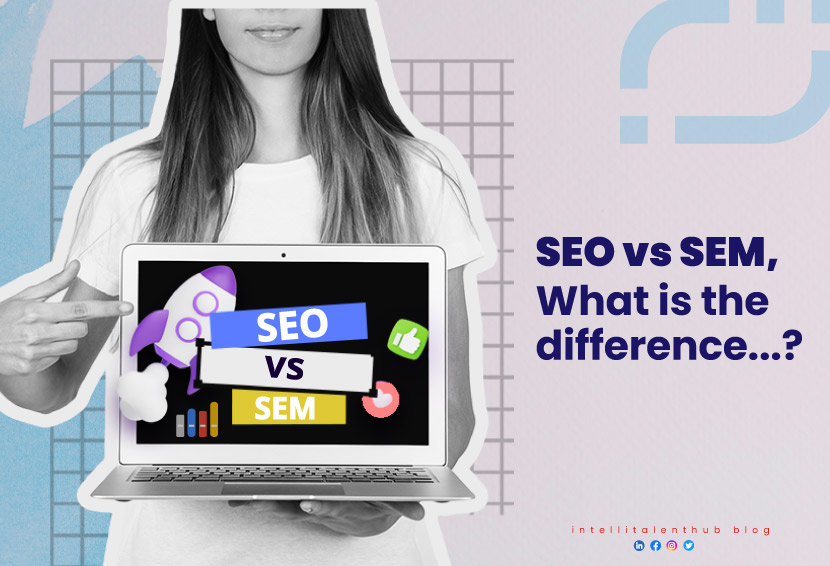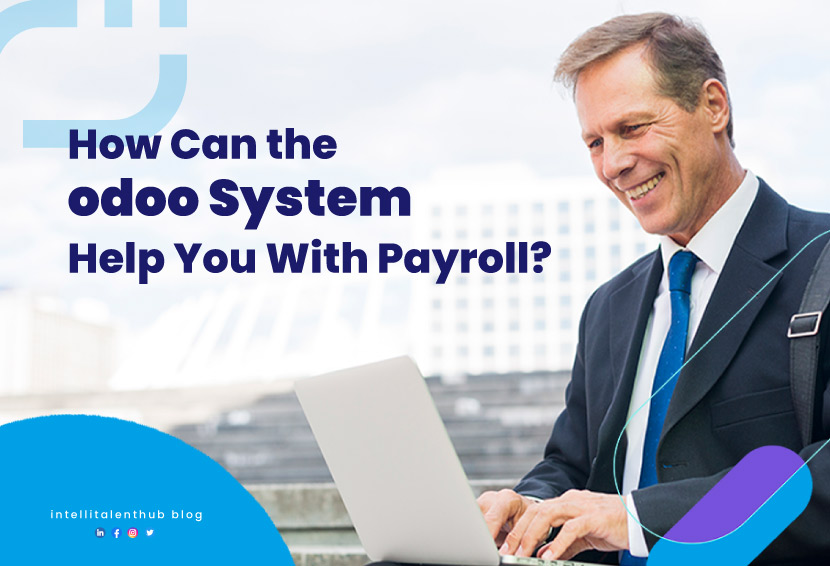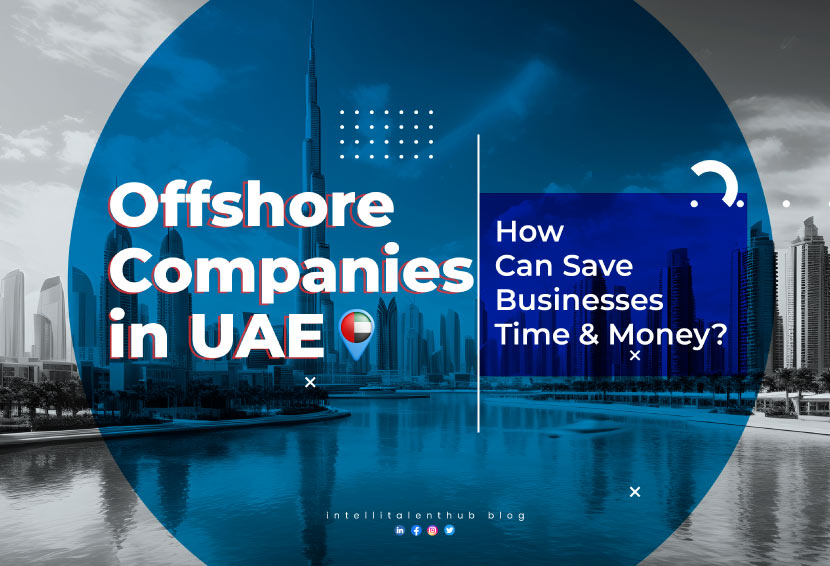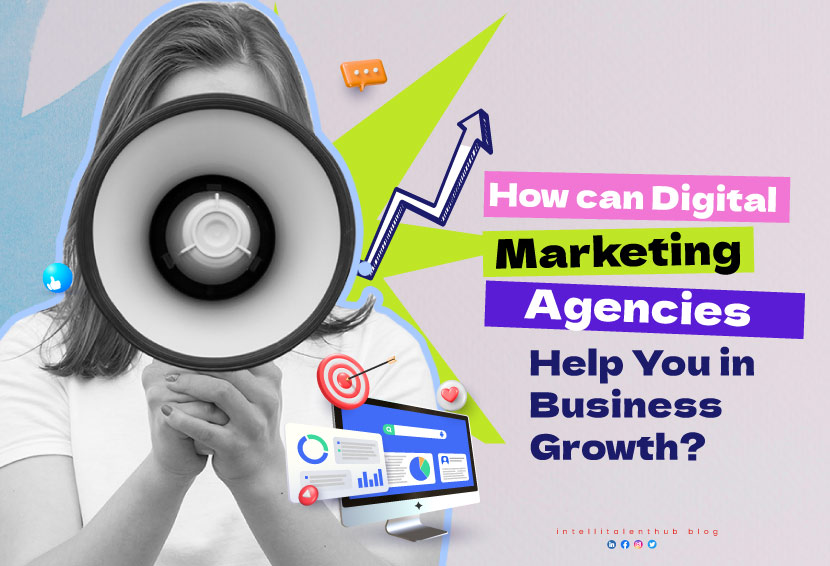Have you ever wondered how websites climb the ranks on search engines like Google? It’s all thanks to some powerful tools called SEO and SEM. But what exactly are they, and which one is better for your website?. Think of your website as a treasure buried deep within a maze of links. No matter how amazing your products or services are, if nobody can find you, it’s like nobody exists. That’s where SEO and SEM come in. They’re like search engine superheroes, helping your website get noticed by the right people at the right time.
Get ready, because we’re about to dive into the exciting world of SEO vs SEM, where we’ll introduce the champions of website visibility and highlight SEO/SEM marketing meaning and clarify this with “SEO vs SEM examples”.
SEO vs SEM marketing meaning
So, what is SEO? And what is SEM? Let’s explain SEO/SEM marketing meaning:
What is SEO?
SEO, or Search Engine Optimization, involves optimizing your website’s content, structure, and speed to rank higher in organic search results. The higher you rank, the more people see your website, kind of like being placed at the front of the virtual line.
What is SEM?
On the other hand, SEM, or search engine marketing, includes a broader range of activities, including both SEO and paid advertising efforts. This means SEM not only involves optimizing for organic search but also includes strategies like Pay-Per-Click (PPC) advertising. It’s like having a whole team working for you – SEO trains your website, and paid advertising gives it a temporary boost to reach a wider audience even faster.
SEO vs SEM: The main features
Now that we know who the players are, let’s see what they do when it comes to website visibility:
SEO vs SEM: SEO Features
The main features that explain “why SEO is important” are:
- Keyword Targeting and Optimization: Identifying and using relevant keywords to improve search engine rankings. By cleverly using these keywords, you signal to search engines that your website offers valuable content related to those searches.
- High-Quality Content Creation: High-quality content informs, engages, and helps people find what they’re looking for. Search engines love websites with great content and reward them with higher rankings.
- Technical Website Optimization: Behind the scenes, SEO involves technical aspects like website speed, mobile-friendliness, and a clean code structure
SEO vs SEM: SEM Features
SEM’s main features include:
- Paid Advertising Strategies: SEM utilizes PPC advertising platforms like Google Ads. You essentially create targeted ads that appear when people search for relevant keywords. Each time someone clicks on your ad, you pay a small fee, driving qualified visitors directly to your website.
- Display Advertising: SEM can also involve displaying banner ads on other websites frequented by your target audience.
- Targeting Specific Audiences: Using demographic and interest-based data to customize your advertising efforts.
SEO vs SEM: Time and Cost
Alright, so we know SEO and SEM are both powerful, but which one takes the lead? It depends on your needs! Here’s a breakdown of the time and cost involved:
SEO vs SEM: Time to See Results
- SEO: SEO takes time (months to a year) to see significant results, but the benefits are long-lasting.
- SEM: paid advertising delivers faster results (days or weeks) but requires ongoing investment to maintain traffic flow.
SEO vs SEM: Cost
- SEO: SEO is a cost-effective strategy with a focus on ongoing optimization efforts without direct advertising expenses.
- SEM: Requires a budget for paid advertising campaigns, making it potentially more expensive in the short term.
To be fair, SEO is not completely free; implementing SEO best practices requires effort and a subscription to paid tools. The question here is when to use both in your website marketing strategy. The following paragraph explains one of the SEO vs SEM Examples.
SEO vs SEM Examples
People in the UAE spend over 8 hours daily consuming media (DataReportal, Jan 2024). Let’s imagine you have an Emirati clothing boutique. Now explore how SEO and SEM can be used to capture the attention of this audience.
SEO
- Content is King (and Queen): Create informative blog posts (in both Arabic and English) about the history and cultural significance of Emirati clothing. Offer styling tips for modern versions of traditional wear. Optimize your website with relevant keywords like “buy Emirati dresses in Dubai” or “traditional clothing stores near me” (in Arabic). This positions you as a resource for those interested in Emirati fashion.
- Localize Your Efforts: Register your website with local UAE search engines.
- Employ bilingualism: target both Arabic and English speakers by offering website content in both languages.
SEM
- Targeted PPC Ads: Run Google Ads targeting users in the UAE searching for “Emirati clothing brands” or “where to buy Abayas in Dubai.” Offer promotions or highlight unique collections to grab attention.
- Social Media Marketing: Utilize platforms like Instagram to showcase your beautiful clothes with high-quality visuals. Partner with UAE fashion influencers to reach a wider audience.
So, SEO vs SEM which is better?
SEO vs SEM which is better?
Now that you understand the strengths of each approach, it’s time to decide which champion best suits your website:
Are you focusing on long-term growth?
If you aim for long-lasting website growth and brand building, SEO is your best option. It helps establish your website as a trusted source of information in your industry.
Also, if you are a small business with no budget for paid marketing, SEO may be your best option.
Check How SEO Companies in UAE Can Help Your Business.
Do you need an immediate traffic boost?
If you need a quick rise in website traffic and have the budget for it, SEM’s paid advertising can deliver faster results. It’s ideal for launching new products, promotions, or targeting competitive keywords where organic ranking is tough.
The Ideal Combination
Why choose one when you can have the best of both worlds? A combined approach uses the strengths of both strategies. Use SEO to build a strong foundation, while SEM provides a targeted traffic boost, especially during the early stages of your SEO efforts.
Conclusion
In the battle of SEO vs SEM, SEO and SEM are like two sides of the same coin for online marketing. SEO builds website traffic naturally over time, while SEM gives you a quick boost with paid ads. The best approach depends on your goals. Think of them as working together to make your website a winner!
Is your business getting lost in the digital noise? It’s time to elevate your online game! At IntelliTalenthub, we specialize in SEO and SEM strategies tailored to make your website stand out. Contact us now! Don’t miss out on the opportunity to revolutionize your online presence.
FAQS
Which is more cost-effective: SEO or SEM?
SEO is generally more cost-effective in the long run because it focuses on organic traffic, which doesn’t require ongoing ad spend. SEM can provide quicker results but involves continuous investment in paid ads.
How quickly can SEM deliver results?
A: SEM can deliver results almost immediately once the ad campaigns are live. This makes it a great strategy for businesses looking to generate traffic and leads quickly.




